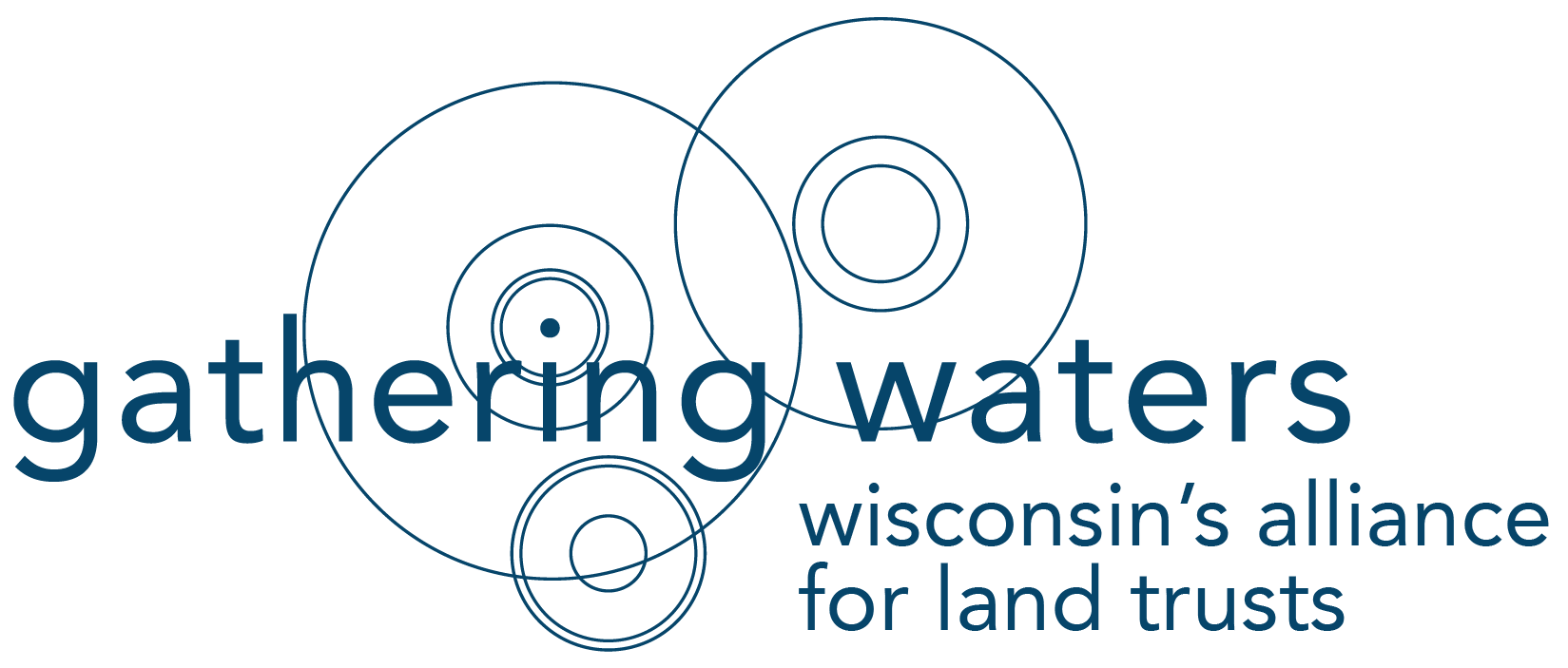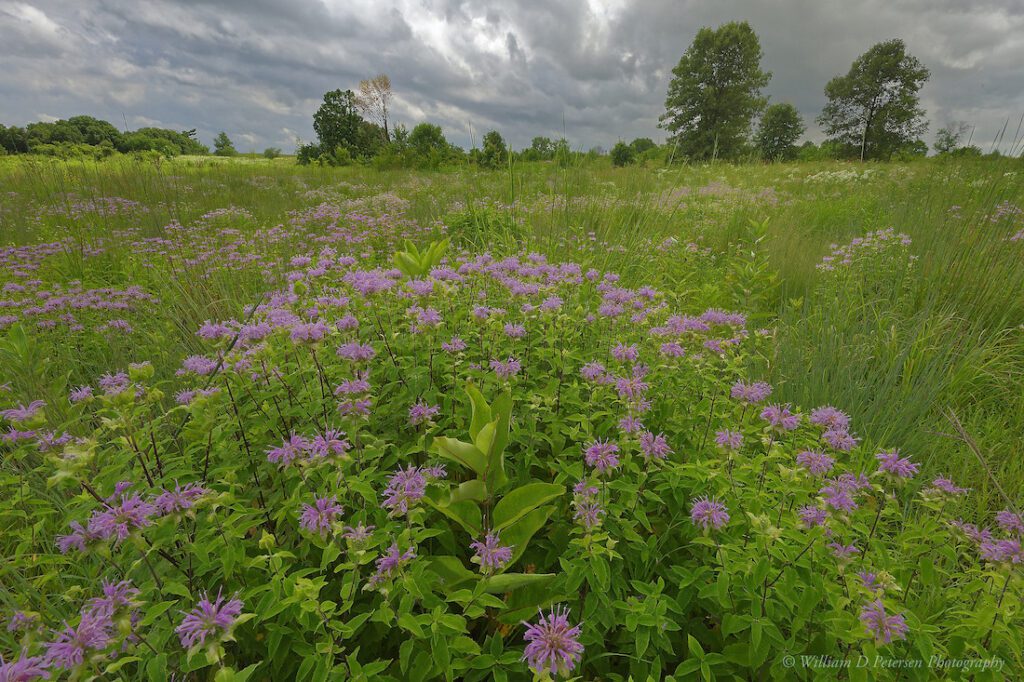This post is part of an ongoing series highlighting the impacts of the Knowles-Nelson Stewardship Program. The Stewardship Program provides funds for cities, counties, non-profit groups, and the state to purchase land for conservation. It also funds essential upkeep and maintenance of our waterways, parks, forests, and trail systems. The governor and state legislature must act to renew and strengthen the Knowles-Nelson Stewardship Program in their 2019 budget or it will expire. Join Team Knowles-Nelson today to stay up to date on our advocacy efforts and to be part of the movement to ensure continued funding for land and water conservation in Wisconsin.
The 61-acre Holland Sand Prairie is the last remnant of the ancient “Prairie La Crosse” that once stretched for miles across western Wisconsin. Mississippi Valley Conservancy, the Town of Holland, and local residents matched a $483,000 grant from the Knowles-Nelson Stewardship Program to preserve the prairie. Now owned by the Town of Holland, the prairie is open for hiking, birding and other low-impact activities, and is used by local schools for field study.
Many thanks to George Varnum for writing this post.
We live in the sandy river valley of the Township of Holland in La Crosse County. For years, our nearest neighbors were Victor and Maud Chalsma, retired farmers. They had let their fields lie fallow, and weeds had grown in. We used to walk our dog on the Chalsma farm, and we noticed that it wasn’t just “weeds,” but grasses and flowers—it was a beautiful place to walk.

In conversations with Victor, I learned that he had purchased his farm from the original homesteader, and that most of it had never been plowed. Victor and Maud had been chicken farmers who sold eggs on a route that included local hospitals and an orphanage. They kept only a cow or two, for milk, and grew some feed grain, but the farm was mostly pastured, or cut for “prairie hay.”
In 1983, when my daughter Laura was a high school junior, she was assigned to collect wildflowers for a biology class. The more flowers collected and pressed, the higher the grade would be. Our family purchased some flower guidebooks and got busy. In addition to flowers there was an abundance of birds, including upland plovers, along with fox, coyotes, and badgers. Blandings turtles came there to lay eggs in the early summer. We soon realized what a treasure the Chalsma farm was, probably one of the last unplowed prairies left in western Wisconsin—right in our own backyard.
As Victor Chalsma became elderly, the land was passed on in trust to his son, who put it up for sale. The Wisconsin DNR was amazed by the diversity of the property and made attempts to purchase the Chalsma farm, but the prices they offered were never enough, and the threat of losing the prairie always loomed. At the same time, the Village of Holmen was trying to annex the farm for an industrial park and neighbors became concerned that if action wasn’t taken soon, “bulldozers would roll.”
 The Mississippi Valley Conservancy became involved in our effort to save this unique prairie. A Township meeting was held on the matter, and the vote to dedicate tax money to saving the prairie passed by a margin of 118-2. The DNR pledged their support from the Knowles-Nelson Stewardship Program for 50 percent of the purchase price, and the Conservancy could raise the funds to match.
The Mississippi Valley Conservancy became involved in our effort to save this unique prairie. A Township meeting was held on the matter, and the vote to dedicate tax money to saving the prairie passed by a margin of 118-2. The DNR pledged their support from the Knowles-Nelson Stewardship Program for 50 percent of the purchase price, and the Conservancy could raise the funds to match.
One generous individual wrote a check for over $1 million to purchase what would become the Holland Sand Prairie State Natural Area before it could be plowed and built up. The partnership of the Township of Holland, the Mississippi Valley Conservancy, and the Wisconsin DNR has saved this natural area. Rolling sand dunes left by receding glacial waters, covered with wildflowers and grasses make the Holland Sand Prairie a unique place to walk and enjoy.



